
AT HOME
AT HIGHCLERE
The Countess of Carnarvon
Entertaining at
THE REAL DOWNTON ABBEY

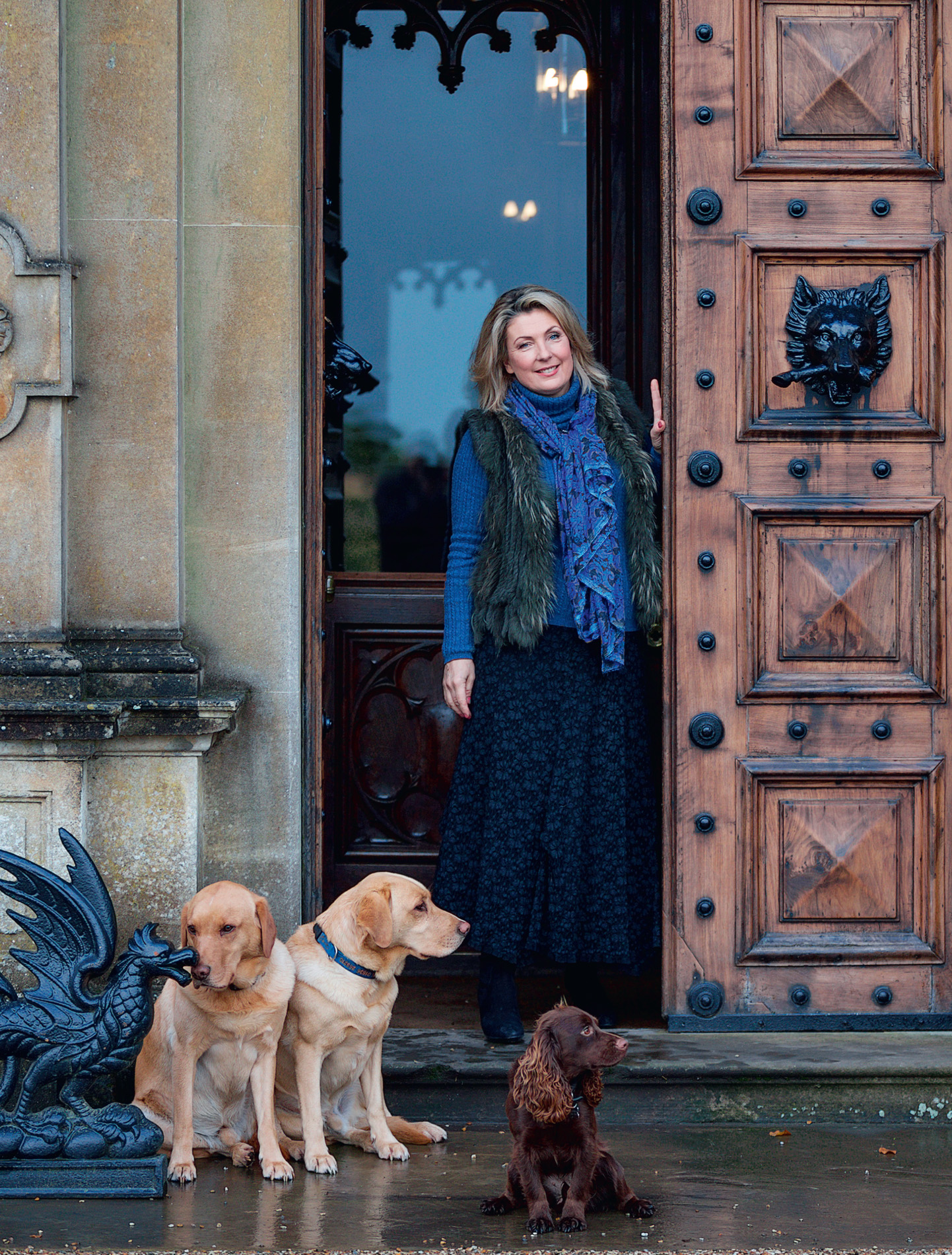
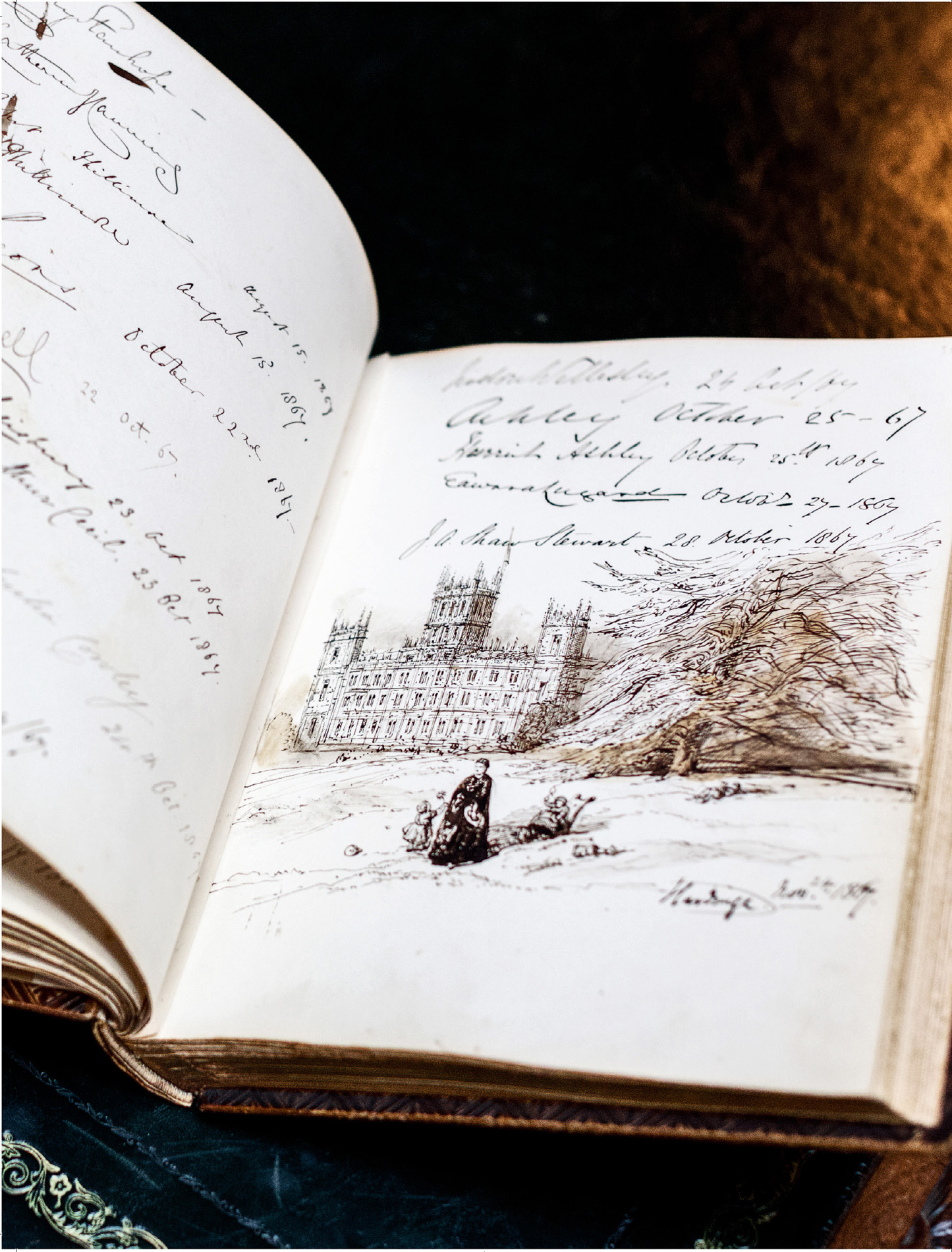
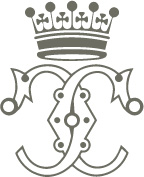
WELCOME
This is a book that offers a glimpse into real life at Highclere Castle with stories from the past and the present. It contains anecdotes and recipes that reflect years of tradition, passed down through the centuries. The art of entertaining remains as important at Highclere today as it ever was, even if on a smaller scale and with less frequency than was common before the Second World War.
The anecdotes and stories focus on four different historical weekends at Highclere Castle supplemented by observations of life today, with the menus and recipes.
The scenes and seasons of the year here will be so familiar to millions of people as the home of the fictional Crawley family of the TV series Downton Abbey. Each season has its own character and there is much pleasure to be had enjoying the natural fruits offered as each month presents its seasonal best.
The kitchens at Highclere stand on a site that has probably served a similar purpose for close to a thousand years. More recently, food and dining have played an important social role in the lives of Earls of Carnarvon, bringing people together formally and informally, fostering conversation, relationships and sharing laughter.
Until the advent of supermarkets in the last few decades, Highclere was self-sufficient, depending on its kitchen garden and an abundance of game and meat from the estate and farm, as well as fish from its lakes.
Today, the supply of home-grown vegetables is modest, but we still source local produce on the basis that all cooking begins with good ingredients; our chefs key demand is for the highest possible quality.
Over the years, Highclere has welcomed royalty, statesmen, Egyptologists and pioneers of technology and the Visitors Books also record weekends with guests from the worlds of music, art and letters. The etiquette of the invitation, the format of the weekend house party, the placement at dinners and the general entertainment of guests has preoccupied each generation at Highclere. Today we still welcome friends, family, politicians, artists from the worlds of literature and music, as well as guests from the modern worlds of TV and film.
Highcleres future depends on its ability to adapt in a changing world. The Castle has built on its reputation for exceptional hospitality and it is a pleasure to create convivial weekends for gatherings of the influential people of the day. I hope this book gives a glimpse inside a great house, with recipes, tales from upstairs and downstairs, as well as remarkable photographs from the archives to compare with those of today. The Castle was built to be a much-loved, spectacular home, to entertain and host weekend house parties.
So perhaps the best thing to do is to stop writing introductions and get on with the book.
A.A. MILNEWinnie-the-Pooh
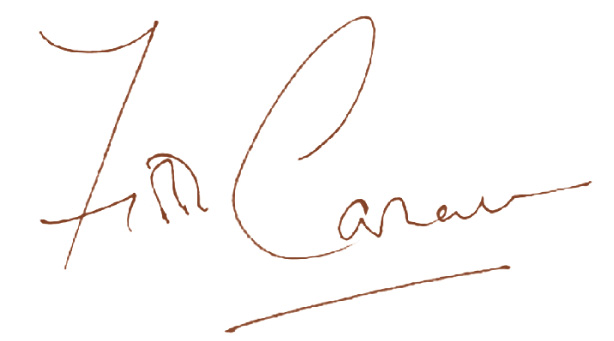
FIONA 8 TH COUNTESS OF CARNARVON

View from the Saloon
FROM ARCHITECTURE TO POLITICS
Disraeli, the Right to Vote and the Canadian Federation
October 1866
Benjamin Disraeli was a Victorian Conservative politician who achieved position, fame and gravitas wholly on his own merits. Highly intelligent, ambitious and politically adroit, he had been appointed Chancellor of the Exchequer by the Prime Minister, Lord Derby, in 1866. This was, in fact, for the third time and, like all his tenures as Chancellor, it was short-lived. His previous two budgets had brought the government down, first in 1852 and then again in 1858, though Disraeli was not solely responsible for the countrys loss of confidence in his party.
With hindsight, putting him in charge of the countrys finances was ironic, given the problems he had in regulating his own. Early ill-conceived business ventures led to debts, which were only to some extent alleviated by his marriage to a wealthy widow. Financial insecurity plagued him for much of his political career and indeed life.
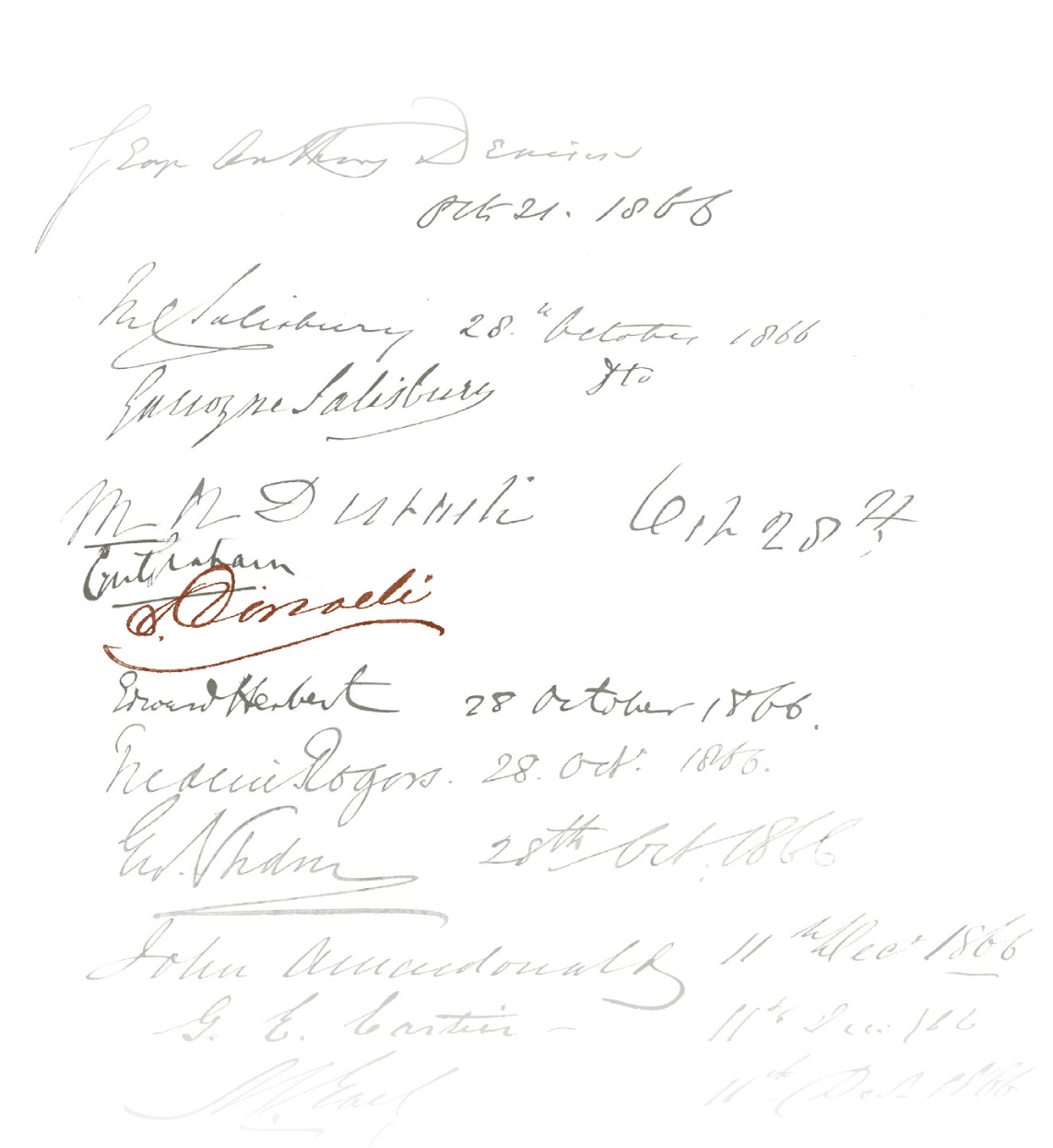
Excerpt from Highclere Castle Visitors Book, October 1866
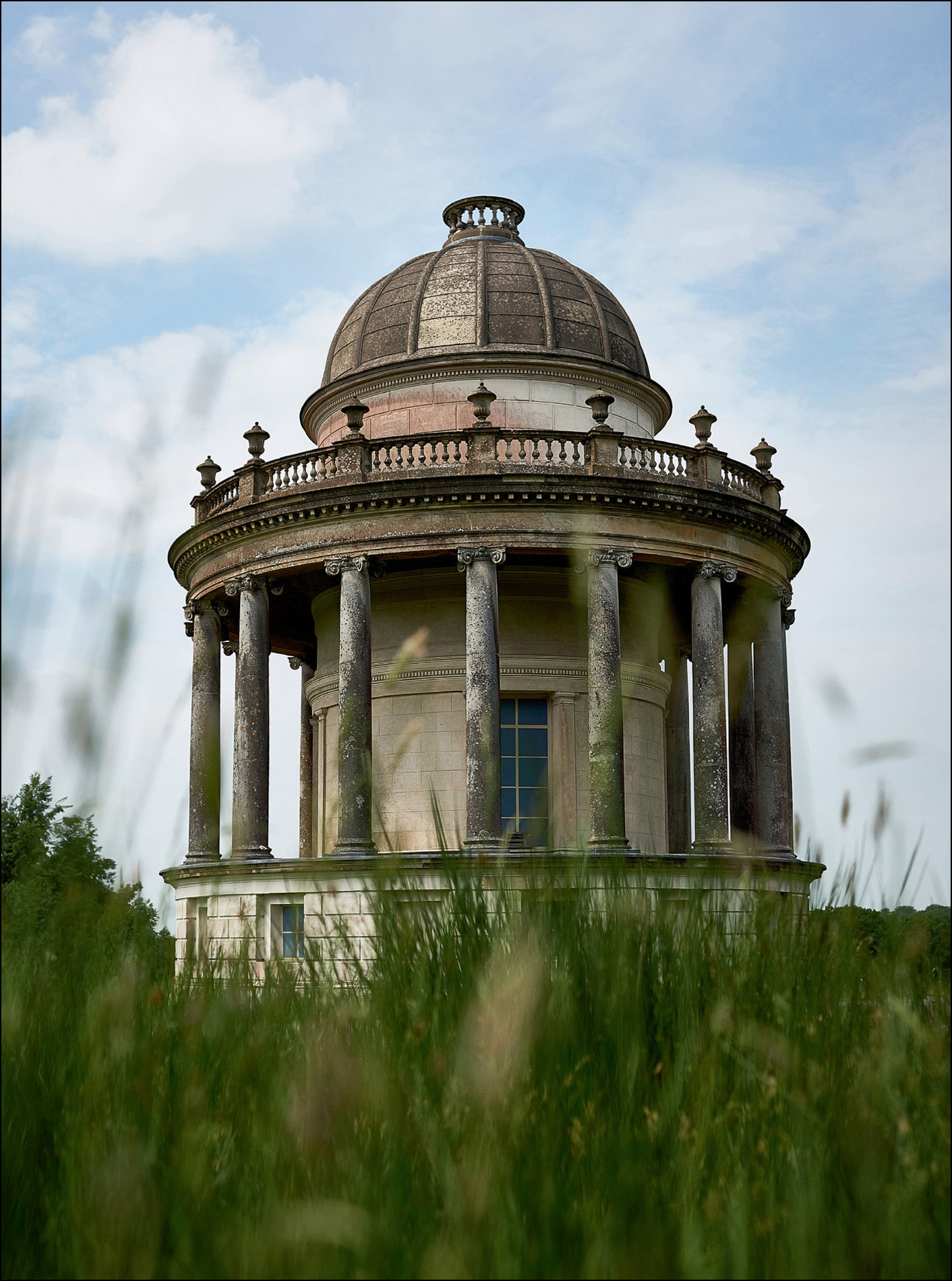
The Temple of Diana today, as seen by guests on their arrival
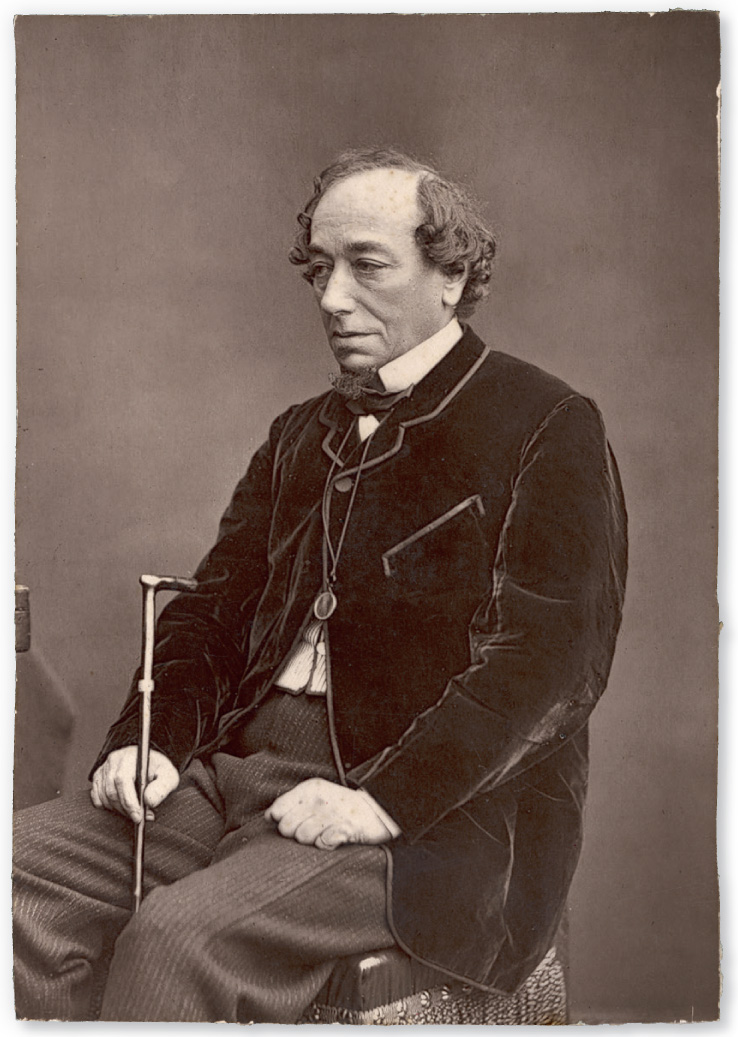
Benjamin Disraeli (18041881)
Benjamin Disraeli and his wife Mary Anne had spent much of the summer at Hughenden, their house in Buckinghamshire. They had been making many improvements there; Mary Anne particularly enjoyed working in the garden and they had comfortably established themselves in the roles of country squire and his wife.
Anticipating the invitation to Highclere from Henry Howard Molyneux Herbert, 4th Earl of Carnarvon, who was a fellow Privy Council member and Secretary of State for the Colonies, Disraeli had directed his private secretary Montagu Corry to forward all ministerial correspondence to Highclere for the weekend, after which the Disraelis would return by train to London as Parliament began its autumn session.
On the afternoon of Friday, 26 October Lord Carnarvons carriage had collected them at Highclere railway station and now Mr Disraeli was very much enjoying the drive from the London Lodge entrance of Highclere Park towards the Castle. The carriage had just passed through a dense plantation of rhododendrons before the horses went trotting smartly up the incline to the Temple of Diana, a circular, classically inspired building prominently situated above Dunsmere Lake. The stands of oaks and beeches were ablaze with the golden hues of autumn. But is this Home Park not most delightful, madam? exclaimed the Chancellor of the Exchequer to his wife.
The horses picked up speed as the carriage proceeded up the drive towards the bridge. As they slowed to cross it, Mrs Disraeli delighted in the sight of the two swans making their way across the water, which was dotted with tiny islands. She had herself named their own two swans, on the trout stream in the garden at Hughenden, Hero and Leander.
It would be another half a mile before the horses hooves began to crunch across gravel as the carriage slowed in front of the Castle. Disraeli leaned out, better to admire the intricate and pleasing faade as the light was fading. It was his first visit to Highclere Castle and it looked to be a truly magnificent building.
Next page
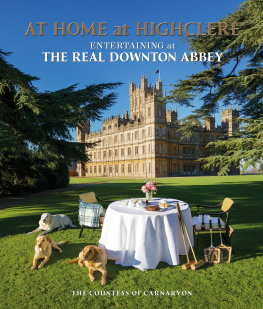

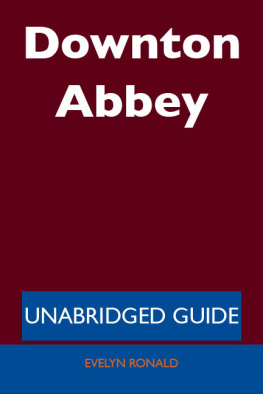
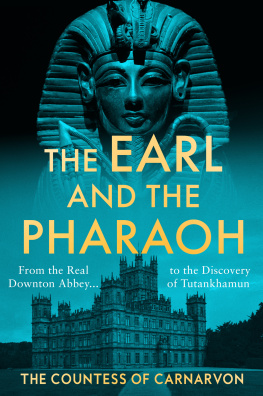
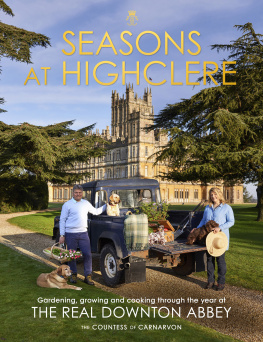
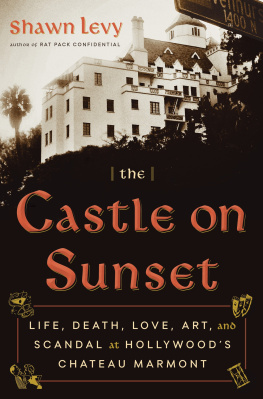
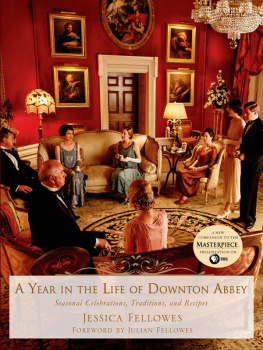
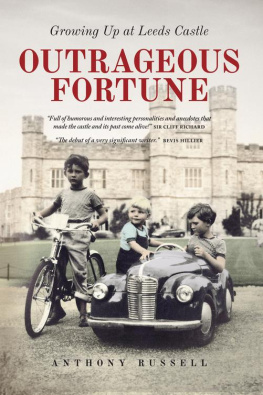






 View from the Saloon
View from the Saloon  Excerpt from Highclere Castle Visitors Book, October 1866
Excerpt from Highclere Castle Visitors Book, October 1866 The Temple of Diana today, as seen by guests on their arrival
The Temple of Diana today, as seen by guests on their arrival Benjamin Disraeli (18041881)
Benjamin Disraeli (18041881)